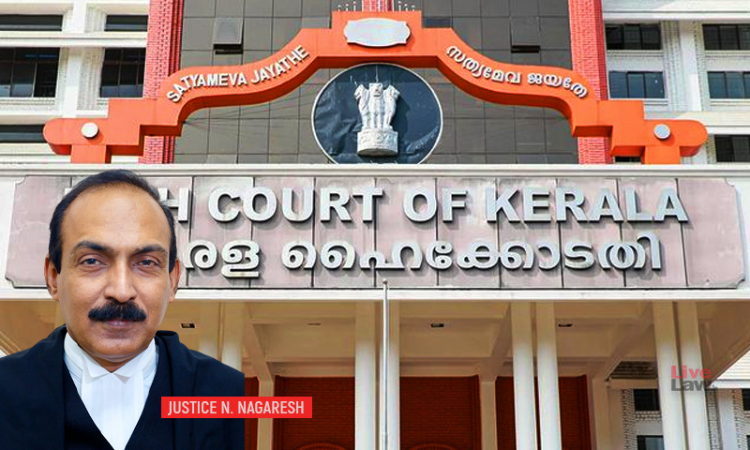No Prohibition In Law Restraining Assignee From Appropriating Trees Standing On Assigned Land: Kerala High Court
Hannah M Varghese
13 May 2022 9:15 PM IST

The Court also added that the Kerala Forest Act cannot apply to non-forest lands.
Next Story
13 May 2022 9:15 PM IST
